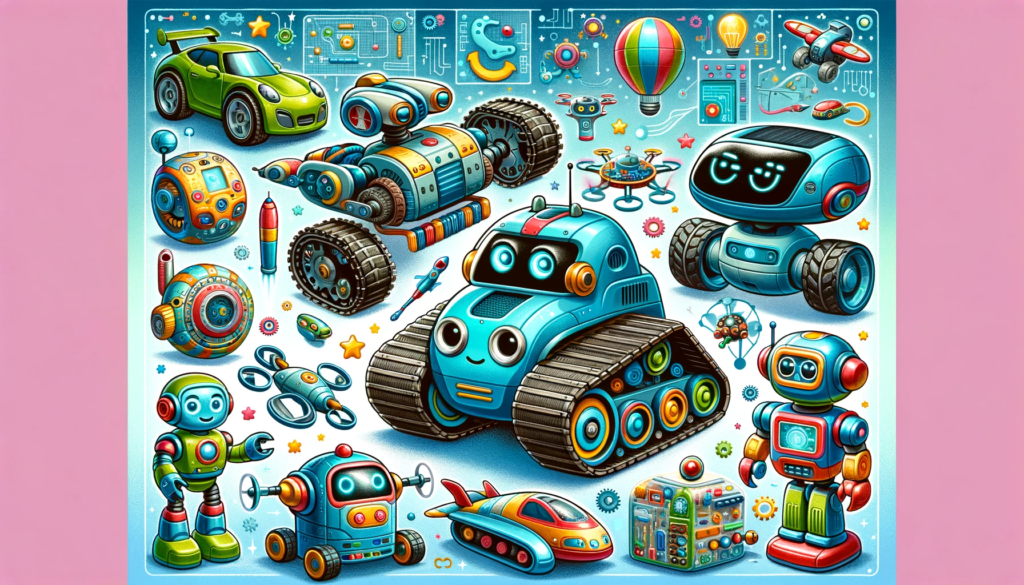Introduction to Robotics for Ages 4-6

Lesson Plan: Introduction to Robotics for Young 5s Kindergarten

Age Group: 4-6 years
Duration: 45 minutes
Objective: To introduce basic concepts of robotics to young children, using interactive and hands-on activities, and set the stage for future, more in-depth lessons.
Part 1: Introduction to Robotics (5 minutes)
- Activity: The guest engineer will start by showing various types of robots (a small car robot, a treaded tank robot, and an iRobot vacuum-style robot).
- Discussion: Briefly explain what robots are and how they can be different shapes and sizes, doing different jobs.
Part 2: Meet the Robots (15 minutes)
- Activity: Show each robot in action. Allow the children to observe and ask questions.
- Car Robot: Demonstrate how it moves and turns.
- Treaded Tank Robot: Show its unique movement and capabilities.
- iRobot Create 3: Explain how it senses obstacles.
- Interaction: Let children give simple commands to the car and tank robot (like “move forward” or “turn right”).
Part 3: How Do Robots “Think”? (10 minutes)
- Activity: Simple demonstration using the car robot to introduce the concept of programming.
- Hands-On: Children take turns to choose a direction for the robot to move (using arrows or simple command cards).
- Discussion: Explain how robots follow instructions we give them, just like following directions in a game.
Part 4: Building Our Own Paper Robot (10 minutes)
- Materials: Paper, crayons, stickers.
- Activity: Children create their own robot designs on paper. Encourage creativity and imagination.
- Sharing: Each child shares their robot design and what they think their robot can do.
Part 5: Wrap-Up and Future Exploration (5 minutes)
- Discussion: Talk about how robots can help people and the different jobs robots can do.
- Preview: Introduce the idea of the next lesson, where they will learn more about how to give robots instructions and start building a simple robot model.
Notes for Future Lessons:
- Lesson 2: Focus on basic programming concepts using a child-friendly coding platform or tangible coding tools.
- Lesson 3: Introduction to building a simple robot model using safe materials like cardboard, straws, and tape.
- Lesson 4: Exploring more advanced robot movements and attempting a basic task or challenge with their created models.
Safety and Suitability:
- Ensure all robot demonstrations are safe and age-appropriate.
- Supervise closely during hands-on activities.
- Ensure materials for paper robot crafting are child-friendly and non-toxic.
This lesson plan sets the foundation for a series of engaging and educational robotics lessons, tailored for young minds. It combines practical demonstrations with creative activities, fostering both curiosity and understanding in the field of robotics.